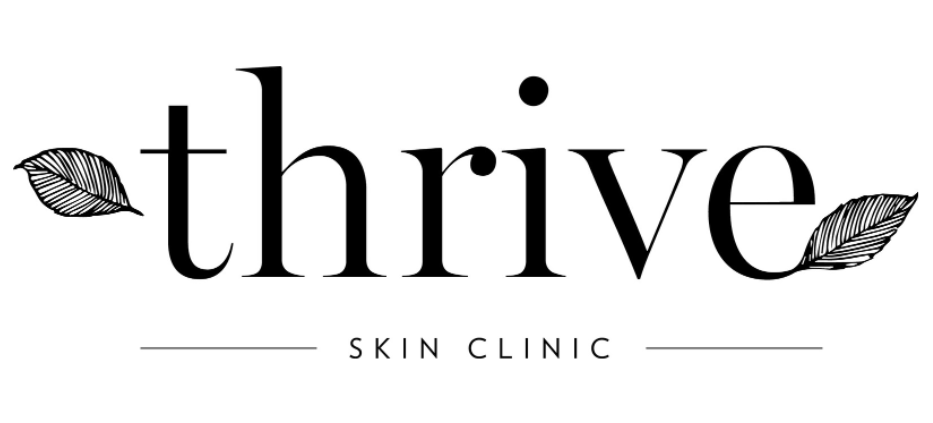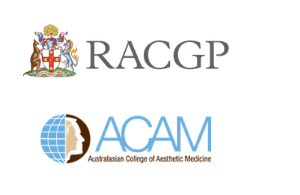The Lowdown on Skin Laxity & What you can do to Improve your Skin Quality for Beautiful Skin at any Age,
/Advice from @drjemimagrant MBBS (Hons) BSc(Med) BA FRACGP FACAM General Practitioner & Aesthetic Physician.
Skin Laxity is the reason we develop sagging skin along the jawline and cheeks as we age.
Many people start to note skin laxity changes in their 40s.
Laxity occurs due to structural changes in skin and gravity. Firstly, our fibroblasts (active skin cells) become less efficient as we age. This means they produce less structural proteins such as collagen and elastin - meaning skin becomes thinner, less elastic and more prone to wrinkles. Gravity exacerbates these changes, exerting a downward pull on ligaments down, and resulting in issues such as the formation lack of jawline definition, the formation of jowls, neck sag, and nasolabial folds. We also have age related deflation on the supportive fat pads under the muscles - this can cause our faces to look more tired, and predisposes to jowl formation.
My female patients presenting with these changes are often noticing the impact of hormonal shifts due to perimenopuase, where oestrogen levels fluctuate. This decline in oestrogen results in a sharp reduction in collagen synthesis - causing clinical changes such as fine lines and wrinkles, jowling and drooping skin. These changes often impact the think skin around the eyes and neck first.
The main culprits for facial skin laxity are:
🌿 Ageing and Genes
☀️ Sun Exposure
❤️ Extreme Weight Loss
🍽️ Diets Low in Protein (especially vegan/vegetarian)
🌸 Oestrogen Deficiency such as Perimenopause, or Hormonal Treatments for Cancer
🔥 Inflammation Secondary to Chronic Autoimmune Diseases, Chronic Levels of High Stress Medical Illness
How to treat skin laxity at home.
The 3 most things you can do at home include:
1. Daily suncream and sun avoidance is essential
UVA light from the sun breaks down the proteins in our skin through oxidation. This is the number one cause of ageing skin. Yes, I know you’ve heard it before, but the evidence is conclusive - and are you actually doing it?
UVA light from the sun breaks down the proteins in the skin through oxidation - this is hands down the number one cause of ageing skin. UVA light travels through glass and windows and it’s ubiquitous (everywhere).
Try Synergie’s UberZinc if you’re not sure where to start - it’s easily worn under makeup, does not cause acne or congestion, and delivers a physical zinc oxide barrier to the skin without bombarding the skin with chemicals. Even the most sensitive skins can tolerate Uberzinc.
2. Diet
Eating a diet with sufficient protein, Vitamin C and antioxidants is really important. You actually can’t make collagen and elastin if you don't eat protein in your diet, and vitamin C is an important co-factor in the production of collagen. Antioxidants (hello coloured fruit and veggies) reduce the oxidation of our skin proteins, as well as reduce inflammation and ageing on a cellular level. For more information, book a consult with Dr Grant - I could talk for hours about this!
3. Use evidence based skincare
This includes retinol (vitamin A), niacinamide (vitamin B), and Vitamin C, used topically to feed your skin and enhance collagen production.
If you can’t commit to these simple steps, non-surgical rejuvenation won’t be enough - so consider booking in for a facelift!
What In-Clinic Treatment Options are available?
In the past, the only options to treat skin “sag” has been a surgical facelift, However, over the last few years, there have been some remarkable advancements in technology that now give us the option of treating skin laxity with no surgery, no needles, no downtime and using natural heat as the main source of rejuvenation.
Ultraformer III
Ultraformer III (UF3) is a medical-grade device uses advanced ultrasound technology to tighten structures beneath the skin and is the perfect solution for those wanting a no-downtime, non-surgical and natural treatment to prevent or manage ageing skin.
The UF3 works using finely calibrated macro/micro-focused ultrasound (MMSU) energy to precisely heat facial structures under the skin. This heat energy induces soft tissue contraction, fat reduction, and collagen induction; effectively treating mild to moderate skin laxity on the face, chin and neck regions (actually anywhere on the body). The UF3 is the next generation of HIFU and is TGA approved medical-grade device.
At our clinic, we factor the Ultraformer 3 into a holistic treatment plan based on your skin concerns and aesthetic goals - we are not a “one size fits all” place. We use Dr Grant’s personal protocols and adopt a unique treatment plan for each patient depending on your skin thickness and concerns.
Injectable Biostimulators
Injectable Collagen Stimulators such as PLLA and Calcium Hydroxylapatite (CaHA) Treatments that stimulate collagen can also be very effective to improve skin laxity and quality. They are injected with a needle into the subcutaneous plane and give a subtle, natural improvement to the skin and facial shape. I recommend biostimulator treatment for any patient wanting a subtle and natural looking treatment, to improve facial support and skin quality. The results of Collagen Stimulators are very natural, due to the fact they increase your own collagen levels in the skin, and do not cause puffy or overfilled look.
The initial treatment course is 2- 3 visits every 6 weeks and a maintenance treatment once a year.
Collagen Stimulation has risks and is not suitable for all patients, which is why a consultation with me (Dr. Grant) is important before considering this type of treatment.
Book a Consultation
To discuss skin laxity concerns and treatments, please book in for a consultation with me (Dr Grant). This will allow you to discuss your concerns openly, have a full lifestyle, medical assessment, and take part in a full facial assessment by an expert doctor with years of experience. Most importantly, a consultation will lead to meaningful treatment plan, giving you clear steps on when to have your treatments, the costs involved and a discussion of the risks and benefits of each treatment.








